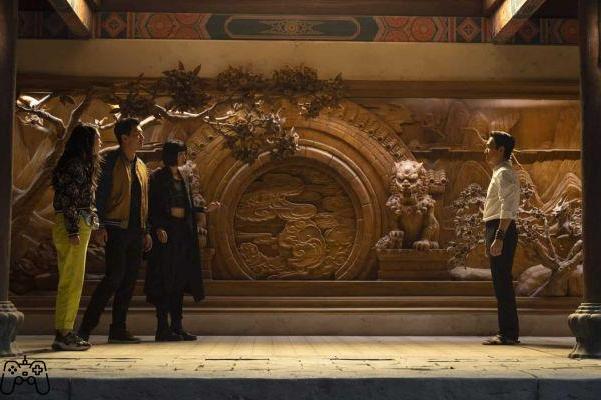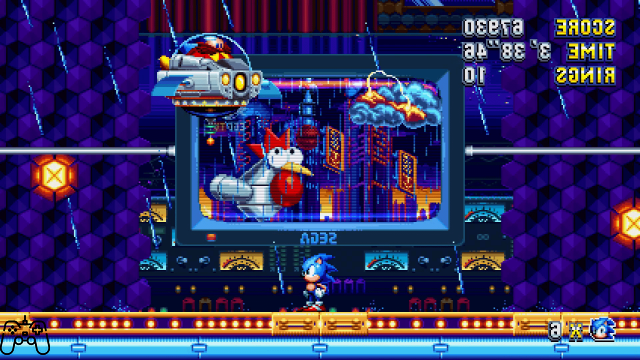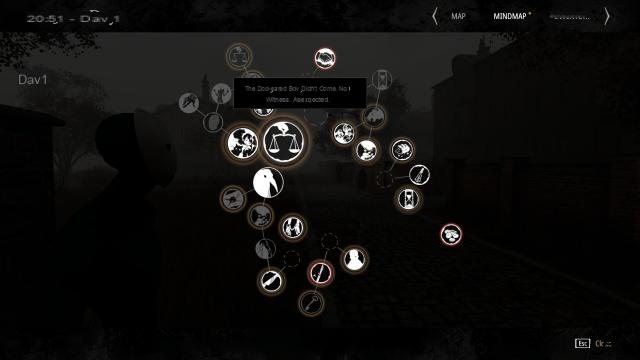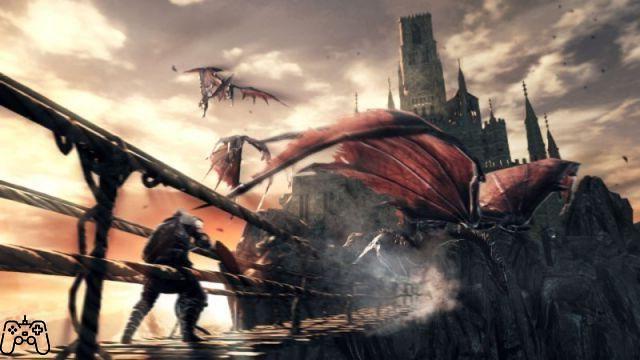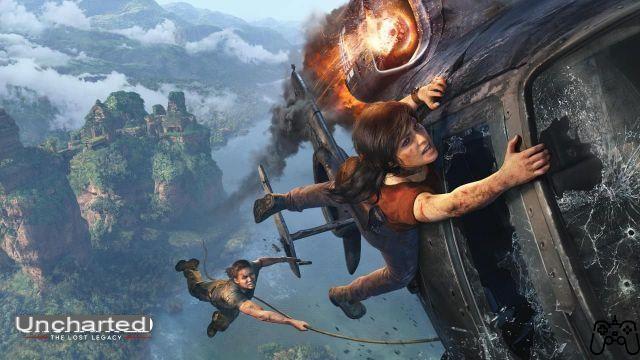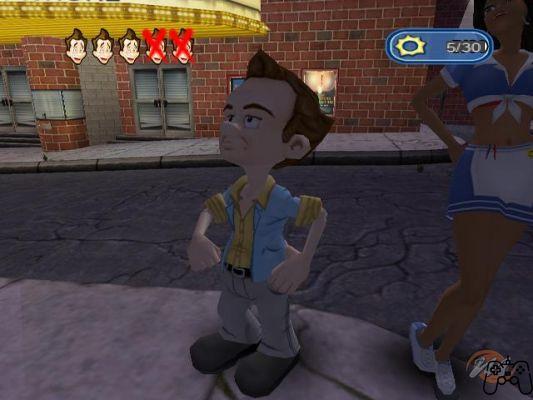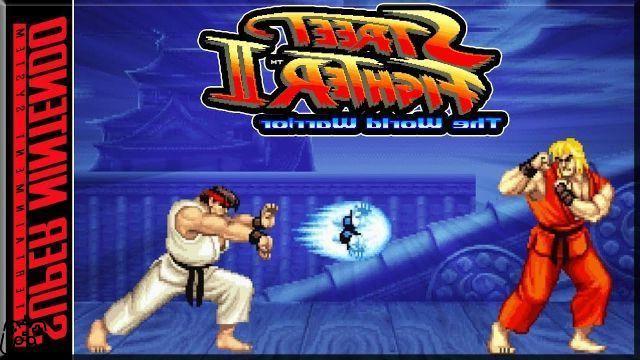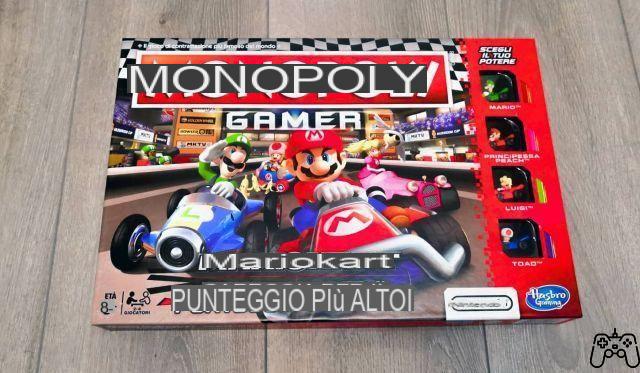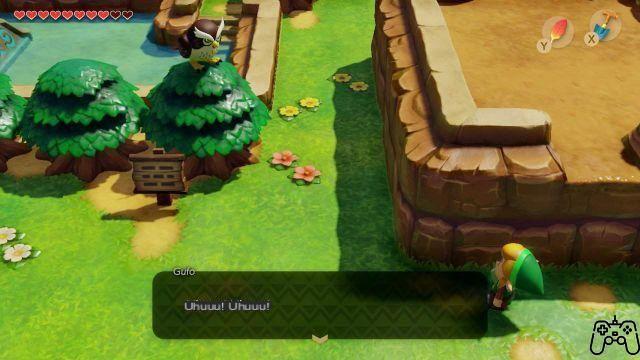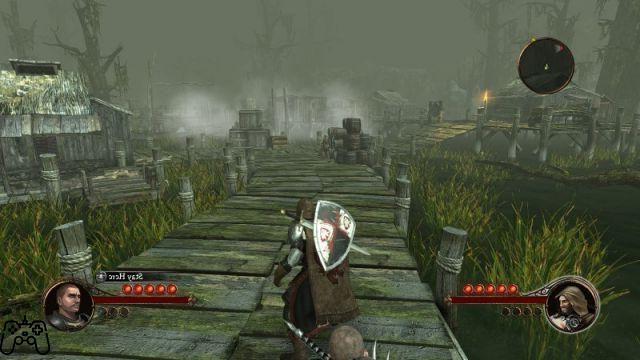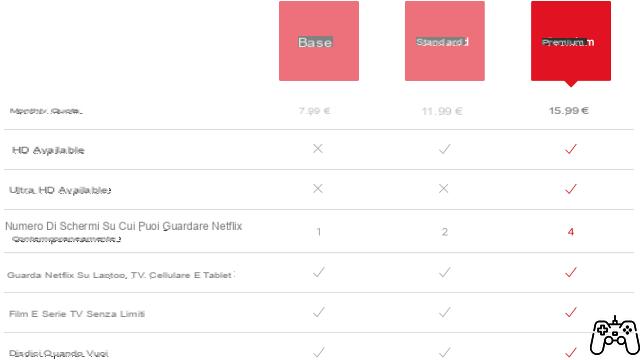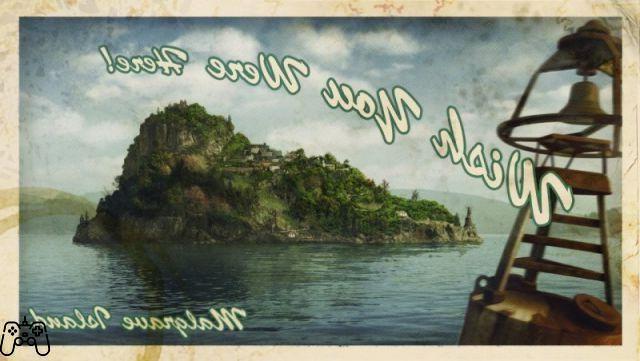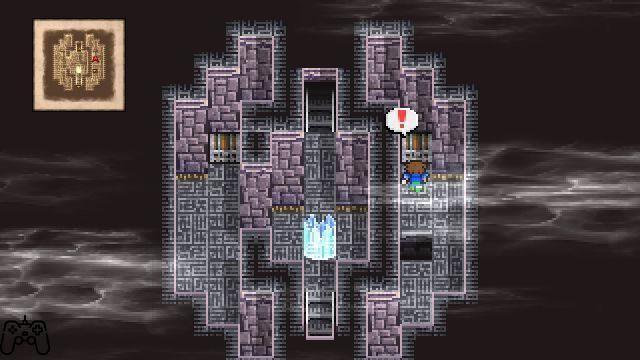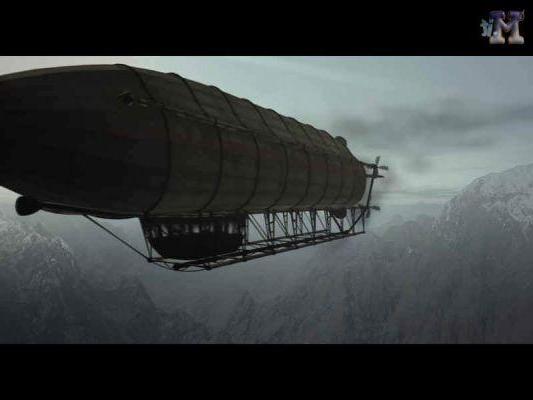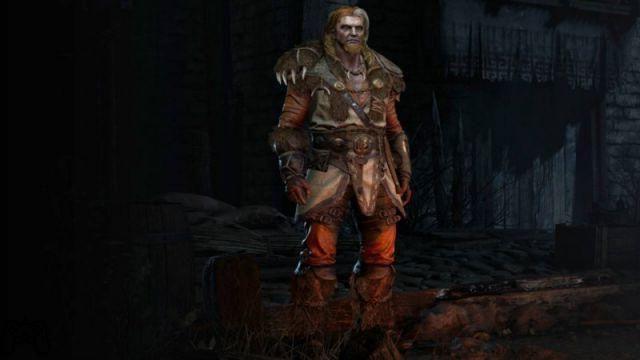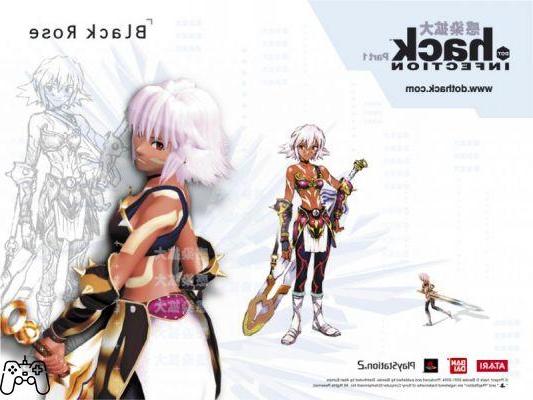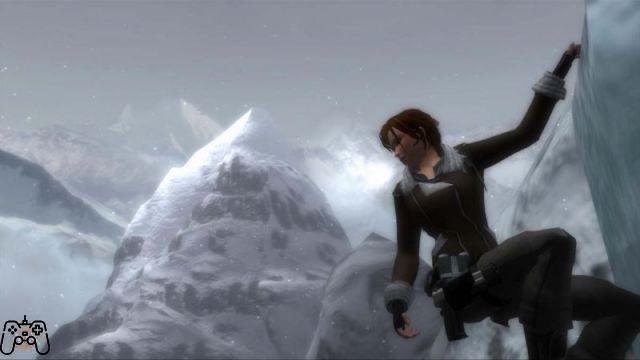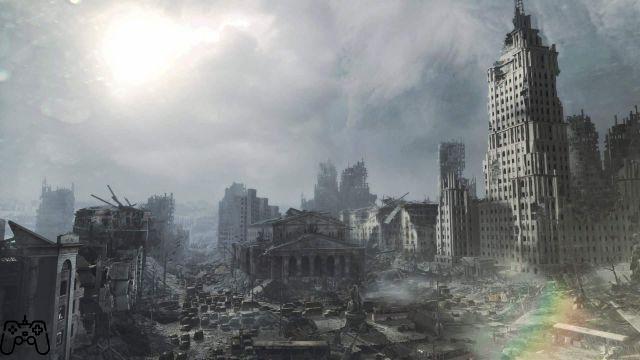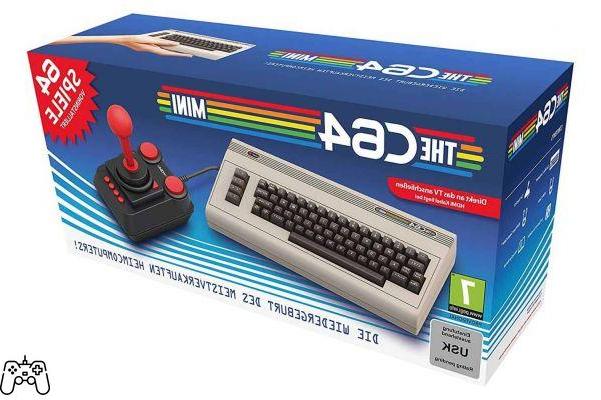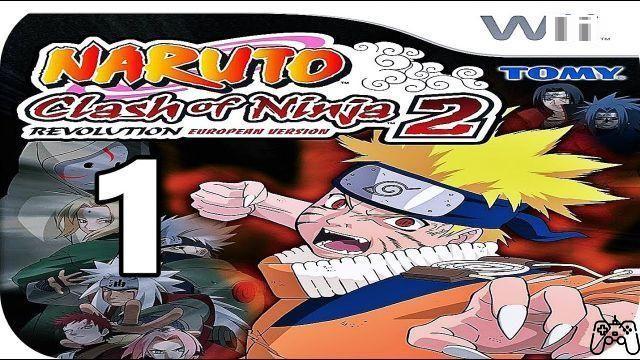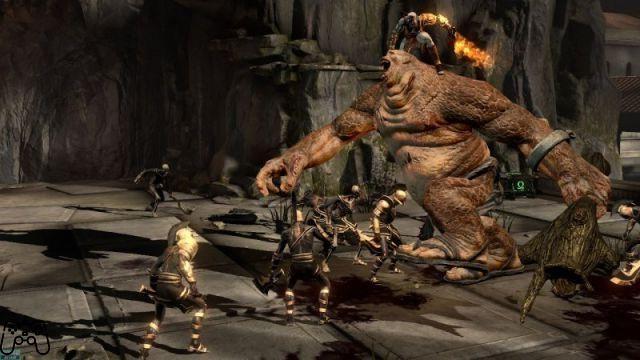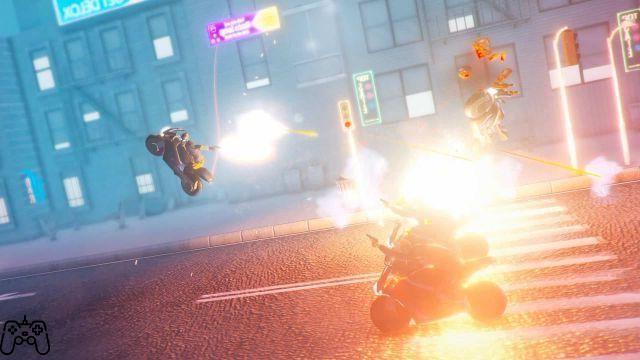The film production of Dragon Ball was a fundamental pillar for the transposition on the big screen of new ideas and narratives related to the historic franchise of Akira Toriyama (often patron of the productions). Most of the time these films brought new stories, raising the attention of the audience of fans and giving very interesting plots such as The Super Saiyan of the Legend, the Diabolic Warrior of the Underworld, the Hero of the Planet Conuts and many others. From the beginning of the new Dragon Ball Super however, these films have begun to forcefully enter the main timeline, thus avoiding that annoying distinction between happened and fictitious events provided by an "outside" writer.
Among the stories most dear to fans, and the most requested in the inclusion of the canonical universe, there is undoubtedly that of Broly and its legend. It is in fact a very important film for the history of the Saiyans and for their culture / mythology, especially for the figure of a new super powerful Saiyan based on the beliefs of the warrior race. Such a tradition is far too appetizing to make it completely out of the timeline, precisely because of the way it manages to blend with the information provided in Z. And so, after many years, Broly returns as a character from scratch in Dragon Ball Super: Broly, one of the most important films to decide the future (and past) rhythm of the series of the same name and the first to have the word Super in the title. The transposition in Italian cinemas is curated by Koch Media- Anime Factory.
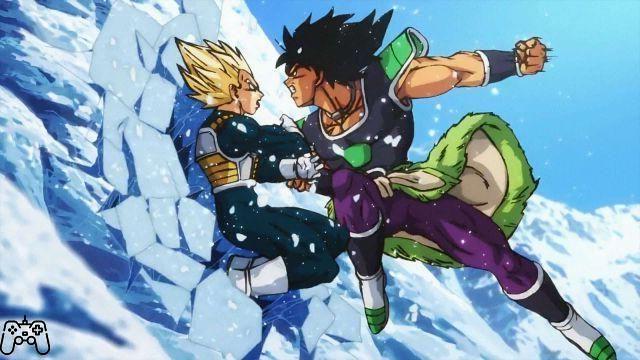
LOST SAIYAN
Toriyama, sole author of the story, wanted to rewrite the Origins of the Myth, giving a very different plant than in the past, in order to include the new story of Paragas and his son. A decidedly controversial choice that can provoke mixed reactions at first impact but, after concluding the vision, it is clear how much the rewriting was a huge asset in the perspective of a greater characterization for very important characters.
The absolute protagonist, as the title suggests, is the savage Saiyan with immense potential. His ferocity, however, was not treated as a pure and simple weapon to be unleashed on command, as was previously done. Far from all that system of the population of aliens exploited as the workers in the factories, the new Broly and Paragas are proud Saiyans sent into exile out of jealousy, out of fear, for the typical blind pride so marked in the lineage of Vegetate. They don't build an empire, they don't pick up anyone on earth on a picnic, they don't create an army of mercenaries, rather they stay in a hostile environment that can provide a reason why Broly doesn't have such developed intelligence or an understandable reasoning. In the full-bodied opening of the film everything possible is done to create a plausible connection between the spectator and the savage warrior, inserting elements of innocence and spontaneity well balanced between the world lived by Broly and the friends he meets.
The same treatment is reserved for Paragas, although he always remains at a lower narrative level than his son. Yet, as secondary as it may be, the film strives to make the most of it, often giving it the task of explaining certain dynamics and being a father figure opposite to that represented by Bardack or from King Vegeta, although the common love for offspring is always clear. To separate Goku, Vegetate e Broly in the narrative allowed to better manage its origins before the destruction of planet Vegeta (also considering what was seen in Dragon Ball Z) and to diversify even more the new story of the Saiyan of the legend, nullifying that stupid motivation of hatred for Kakarot derived from crying in the cradle. In this, the hand of the director Tatsuya Nagamine (the same as the series) was adept at juggling time on screen.
Where then is the triggering cause? Toriyama decides to entrust the engine of the story to Freeza's thirst for power and glory, who finds himself looking for the Dragon Balls like old times. The events of the Tournament of Power they made him even more eager to eliminate the two Saiyans he knows well and, in the reformation of his army, he ends up finding and using Broly as a weapon to unleash against the two warriors. A little for pleasure, a little because he likes to torture Saiyans, he ends up going down to Earth and introducing the duo of exiles with the one we all know. Once the real battle has begun, the long part dedicated to characterization ends sharply, bringing the film to a fighting blaze among the highest ever seen in the saga.
VISUAL FEROCIA
Animations are the highlight of this large section, creating a mix between the old style of Dragon Ball Z and the various canons introduced by Toyotaro in Super. There is indeed a brand new artistic direction created by the director Naohiro Shintani (in his first film in that role) and by the art director Kazuo Ogura (One Piece Film Z and Film Gold), who reshaped Toriyama's design ideas to produce thinner, sharper and more dynamic features. The choice of the frozen field, which slowly deteriorates into a pile of lava based on the ferocity of the battle, was apt to underline the gaudy colors of the various transformations and moves exhibited by the warriors. This creates an explosive chromatic blaze so impactful as to keep the tenor of the clash very high, eliminating any dead time in an unrestrained crescendo. Despite this tendency to exaggerate elements on the screen, the film actually appears extremely clean and sharp: there is no movement out of place, too much muscle or frame out of context. Sure, the action is enormously accelerated and computer graphics are often used for some more exciting scenes, but the care of the home animation studio Toei Animation she managed to blend them at the right point despite the sharp detachment. The expressiveness of the faces is a clear example of this, especially because they never appear flat and often carry a lot of the emotion they want to represent, a technique already cleared in the series.
Aiming for the maximum possible, in the heart of the brand's philosophy, is reflected in the overall tone of the film. The visual part is the most evident manifestation of the tendency to overcome and often the rest of the film's structure becomes almost a “servant” to push its spectacularity. The soundtrack is part of this equation and it is evident that the most iconic songs are not used as epic background songs, as could be for example "Hero Kibou no Uta" for Dragon Ball Z: The Battle of the Gods, but rather become real extensions of the fight animation. Many monothematic vowels, many names of characters and moves, many basses and drums, all elements so functional to the fight that failing to separate the image of the clash from the perception of sound. It is an exceptional achievement if you consider the purpose of the film, especially since in Japanese Shonen films there is a tendency to insert songs by famous artists so as to have the curated track to show off at the right moment. Instead, unifying the two elements to make them cohesive is not at all as obvious as it might seem and, fortunately, Dragon Ball Super: Broly is one of the most shining examples. Then, of course, the presence of "Blizzard"of Daichi Miura it is a great little gem to show off.
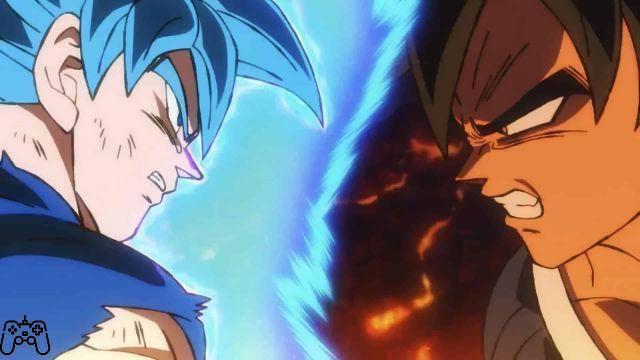
This is even reflected in the stormy escalation of the confrontation, which forces the two Saiyans to go from transformation to transformation in response to Broly's growing anger. Once all the ice is destroyed and the lava emerges from the bottom of the sea, we arrive at the point of no return where both sides must drop the ace of ninety. The secret weapon of the good, in full Toriyama style, is the Miraculous Fusion of Goku and Vegeta: Gogeta. Finally canonized after his first appearance in the fight against January, fusion is the main twist to move on to the most spectacular moves. All the elements described so far are forced to the maximum in a real show so fierce as to bring down the curtain on the story of Broly. But not before having also involved Freeza in the fight, just to keep him from staying on the bench all the time.
ACE IN THE SLEEVE
The final twist, however, is still yours to reveal, you will not find it in this text. What we can talk about is the fact of wanting to make this film part of the actual story of the anime, a unique and very different operation from the "re-edition" of the Battle of the Gods and The Resurrection of F seen in the first seasons of Super. The events of Dragon Ball Super Broly therefore have a historical value, both because they redetermine the origins of the protagonists and the fate of the planet Vegeta, and for the look to the future already sketched in the mind of Akira Toriyama.
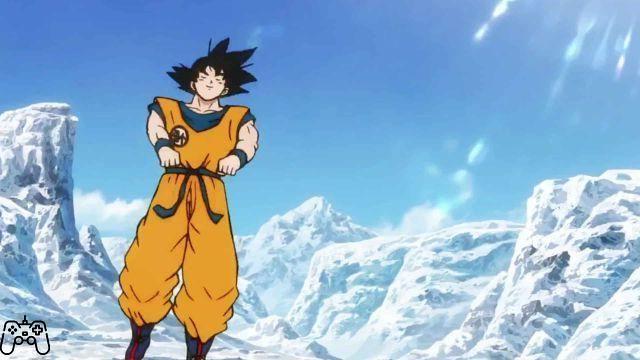
A discourse relating to localization and dubbing also enters this continuum. All fans of Italian dubbing they will be able to find the voices already present in the Super anime broadcast on TV, as Gianluca Iacono, Emanuela Pacotto, Claudio Moneta e Lorenzo Scattorin. But there are also rumors that come back from the past, like that of Broly edited by Mario Bombardieri. In general, considering these names, the qualitative tenor is very high and it can be seen that there are different points of inspiration coming from both the English and Japanese characterization. Net of some distortions and atonality compared to the original version, the care taken by the management of Andrea Ward it is evident from the first listening. In particular, in this film we wanted to have greater fidelity with the terms of the Japanese language, adding the words "Signor" to translate the "-san", putting the double voice to Gogeta, keeping Kamehameha and so on.
Net of the pure quality of the film, Dragon Ball Super: Broly deserves to be seen and experienced in a movie theater. Not only is it a great Japanese animated film, but it is perhaps one of the best Dragon Ball films ever, if not the most visually ambitious and characterized. If you then look at the two predecessors, it undermines them without the slightest effort. Broly is a formidable warrior and a worthy opponent to have the Z Warriors fight with, especially because of the way his powers and origins have been presented. The whole thing is then filled in one of the most beautiful clashes ever seen in the franchise, with so many references and moves known by the fans. We are facing a new and very high standard for Dragon Ball and its cinematic transpositions. If this is the beginning of a new creative journey, as it appears to be, we can't wait to see where the next fights of Goku and Vegeta take us!
Cinema & TV Series by Alessandro Palladino Did you like the article? Share it!



